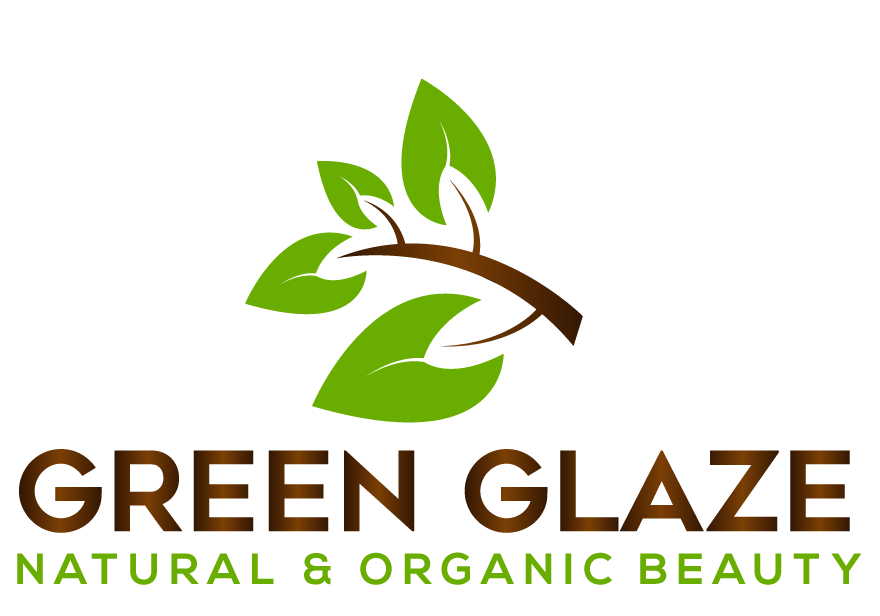SKIN TYPES
WHAT’S MY SKIN TYPE?
Knowing your skin type is essential in choosing the right skincare products and routine. This can be confusing especially for women since hormonal fluctuations can cause skin type changes. In my case, my skin alternates between oily skin – normal skin- dry skin. Yeah I know, it’s annoying.
Factors that affect your skin type include hormones, genes – my dad blessed me with oily skin, diet, stress levels, skincare regime and products and age. All these determine how much oil your skin produces. I’ve talked more about this on my previous posts. Kindly check them out.
There are 6 skin types
Normal skin
Everyone is envious of this skin type. I’ll explain why.
Normal skin type entails of ;-
- Little to no flaws/blemishes
- Good blood circulation
- Soft to touch
- Uniform colour and transparency
- Pump and hydrated feel
- Barely any visible pores
- Less maintenance
- May or may not have slightly oily t-zone
Yep, this is living the dream.
Oily skin
Overproduction of the sebaceous (oil-producing) glands results to oily skin. This is a blessing and a curse. Oily skin ages better because the oils keep the skin plump allowing fewer wrinkles to form – you should see how young my dad looks. A glimpse of hope for us oily skin folk:)
Oily skin characteristics are ;-
- shiny skin
- Visibly enlarged pores
- Prone to blackheads, whiteheads, acne and resultant scars.
- Uniformly hyper oiliness all over the face
- A distinct oily feel when skin is touched
- Runny make up that requires frequent touch ups. Use of a primer or matte foundation helps.
Dry skin
Skin cells here produce less sebum. The cells have less moisture in them or the lipids(oils) holding the cells tightly together are lost or damaged.
Dry skin involves ;-
- Tight and pulled feeling
- Visible fine lines and wrinkles
- Flaky and/or red patches
- Roughness
- Dull complexion
- Greater skin issues in cold and dry weather
- Itching
Combination skin
In combination skin, the T-zone (Forehead, nose and chin) is oily while the rest of the face is normal or dry. Most women – 70%- have this type of skin type.
It entails;-
- Visibly larger pores on the oily t-zone
- Normal to dry cheeks
- Blackheads and whiteheads on the nose and the skin surrounding the nose
- Likelihood of getting breakouts on the chin or forehead
- Thicker skin on the t-zone compared to other areas of the face
- May have flakiness or blotchiness on the cheeks
Sensitive skin
Sensitive skin is usually delicate and thin. It’s mostly caused by a damaged skin barrier – refer to my previous post on skin barrier.
Sensitive skin qualities include;-
- Easily irritated by the sun or certain cosmetic ingredients
- Prone to redness, itchy patches or blotchy skin
- Stinging sensation after exposure to harsh winds and sunlight
- Very prone to breakouts
Mature or Sun Damaged skin
This type feels tight and occurs as we age or if we enjoy spending a lot of time in the sun. Visible wrinkles, slack skin tone with a leathery texture and broken capillaries are some of the features associated with this skin type.
SKIN TYPE TEST
You can use a blotting paper or a separate sheet of a tissue paper to know your skin type.
- Wash your face with your usual cleanser.
- Leave skin for two hours
- Place each paper on your forehead, nose, cheeks and chin
- Take note of where the blotting paper/tissue paper absorbs more oil , where it sticks to face and where it falls off
Results and conclusion:-
- Severely drenched papers all over the face – Oily skin
- Papers oily on the t-zone area only – Combination skin
- Blotting papers stuck for a while then fell off with somewhat uniform oil – Normal skin
- Papers fell off quickly with very little to no oil on them – Dry skin
- Red blotches from not moisturizing – Sensitive skin
To defeat the enemy, you have to learn their way.
Related post: Over-the-Counter ED Remedies: Unlocking Potential without Prescription


